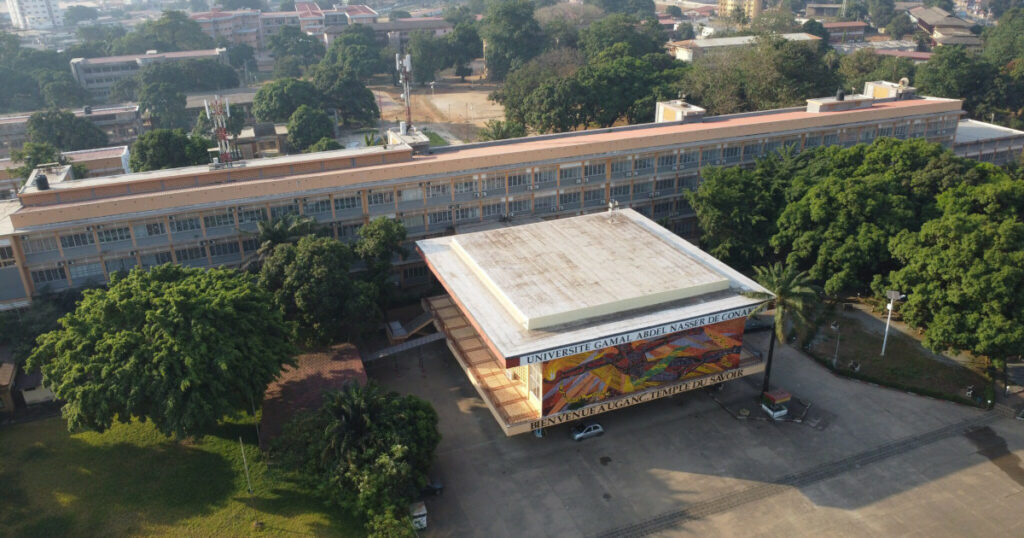The editor-in-chief of APN is setting the scene of the latest edition
Dear Readers of the African Physics Newsletter,
I’m delighted to present you with the contents of the first issue of your newsletter for the year 2025. Before getting into the swing of things, I’d like to take a look back at previous editions.
As you may have noticed, the newsletter was published three times last year. This change in the publication schedule reflects the growing professionalization of both the content and the publication of the newsletter. While it’s true that in recent years the volume of the publication has grown remarkably, your editorial team –in agreement with our publisher, the American Physical Society– has understood the need to provide you with even more enticing and attractive content while keeping abreast of current events in the physical sciences across the continent and in the African diasporas. This new development, of course, has sharpened the selective and rigorous nature of information processing and delivery within your reach. You may have noticed the now constant volume of the newsletter’s content, the more balanced geographical representation of contributors, and the improved clarity and succinctness of each article.
Astronomy under development
To return to the content of this new edition, it’s no secret that the information in the newsletter is fresh and crisp. As usual, our editors have scoured the continent for you, from the great metropolises to the very depths, where exceptional individuals are busy inspiring the youth, bringing to life institutions and initiatives for capacity building, networking, research projects, and roadmaps for a bright future for the continent. It’s great to see the African diaspora working hard to build stable and productive learned societies, as is currently the case with the nascent Mauritanian Astronomical Society. Meanwhile, their peers in southern Africa are working hard to put astronomy at the service of sustainable development.
What can we say about the strategists at the head of the African Strategy for Fundamental and Applied Physics, who have mobilized hundreds of physicists from Africa and elsewhere around this salutary strategy? Since the beginning of this initiative a few years ago, we’ve been reporting on its progress step by step, and we’re proud to see it come to fruition, auguring a brighter future for African physics, at least in the decade to come.
Inspire the younger generation
More and more, African women scientists are recounting their experiences. In this issue, we present two inspiring profiles from the mountainous regions of East Africa and the banks of the Bou Regreg river in North Africa. Their personal stories aim to inspire the younger generation, highlighting their difficulties, but also the triumph of their aspirations, thanks to their bravery and determination.
Scientific excellence is becoming increasingly depolarized and less concentrated between the south and north of Africa. While it’s true that these two parts of the continent are home to centers of excellence such as NITHeCS in South Africa, capacity-building initiatives (e.g., EGYPlasma Schools in Egypt) and international collaborative research (e.g., the photovoltaic project between Morocco and Turkey) of remarkable standards,
it’s also meaningful to see a great deal of international mobilization across sub-Saharan Africa. From Nigeria to Ghana, for example, the mobile capacity-building caravan in electronic structure methods and applications is underway. Dozens of young Africans from West Africa and beyond are benefiting from the expertise of world-class trainers in this field.
As you can see, no part of the continent has been –or is being– left behind, if you’ll pardon the expression. The continent is on the alert, and we echo the highlights of current events.
Enjoy your reading.
Stéphane Kenmoe, Editor-in-Chief
This article has been published by the African Physics Newsletter in April 2025. It is reproduced with the authorization of the American Physical Society.




